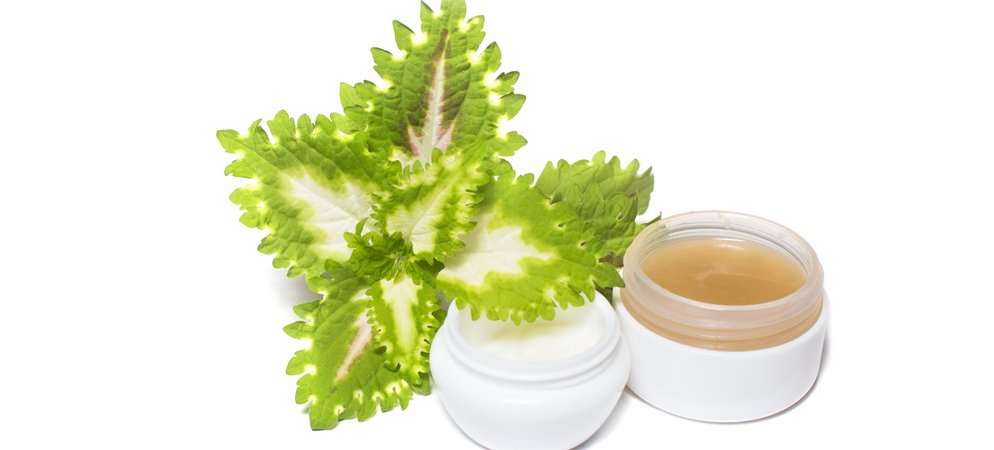When headaches strike, reaching for over-the-counter pain relievers is a common solution. However, there’s a natural alternative that offers a gentle and effective approach to headache relief: aromatherapy.
Aromatherapy, the practice of using essential oils for therapeutic purposes, has been shown to have positive effects on various health conditions, including headaches. In this guide, we’ll explore the basics of aromatherapy, discuss how essential oils can help alleviate headaches, and provide practical tips for creating your own aromatherapy blends for headache relief.
Understanding Aromatherapy and Headaches

Aromatherapy, a holistic therapy involving the use of essential oils extracted from plants, has been practiced for centuries. It offers various benefits, including stress relief, improved sleep, and headache alleviation.
Types of Headaches and Aromatherapy
Headaches can be classified into several types, including tension headaches, migraines, and cluster headaches. Tension headaches are the most common, characterized by a constricting band of pain around the head. Migraines are intense, throbbing headaches often accompanied by nausea and sensitivity to light and sound.
Cluster headaches are severe, debilitating headaches that occur in clusters.
Aromatherapy can be effective in managing different types of headaches by reducing inflammation, relaxing muscles, and improving circulation. Essential oils like lavender, peppermint, and eucalyptus are commonly used for headache relief.
Essential Oils for Headache Relief
Essential oils, extracted from plants, possess therapeutic properties that can alleviate headaches. These oils offer various benefits, including pain relief, stress reduction, and improved sleep.
Choosing the Right Essential Oil
The type of headache you experience influences the choice of essential oil. For tension headaches, calming oils like lavender or chamomile can help. Peppermint or rosemary oils are effective for sinus headaches. Migraines may respond well to oils with analgesic properties, such as peppermint or eucalyptus.
Methods of Use
Essential oils can be used for headache relief through different methods:
- Inhalation:Add a few drops of oil to a diffuser or inhale directly from the bottle.
- Topical application:Dilute essential oils in a carrier oil, such as coconut or jojoba oil, and apply it to the temples, forehead, or neck.
- Massage:Combine essential oils with a carrier oil and gently massage it into the scalp or neck.
List of Essential Oils
Here are some essential oils commonly used for headache relief, along with their specific properties:
- Lavender:Calming, pain-relieving, and sleep-promoting
- Peppermint:Cooling, stimulating, and analgesic
- Chamomile:Calming, anti-inflammatory, and muscle-relaxing
- Rosemary:Stimulating, pain-relieving, and improves circulation
- Eucalyptus:Decongestant, anti-inflammatory, and analgesic
- Tea tree:Anti-inflammatory, analgesic, and antimicrobial
- Frankincense:Anti-inflammatory, pain-relieving, and stress-reducing
Creating an Aromatherapy Blend for Headaches

Creating a customized aromatherapy blend for headache relief is a simple yet effective way to alleviate pain and discomfort. Essential oils, extracted from plants, possess therapeutic properties that can help soothe tension, reduce inflammation, and improve circulation.When using essential oils for aromatherapy, it is crucial to dilute them in a carrier oil, such as coconut oil, almond oil, or jojoba oil.
This dilution ensures safe topical application and prevents skin irritation. The recommended dilution ratio for headaches is 2-3 drops of essential oil per 10 ml of carrier oil.Different types of headaches respond well to specific combinations of essential oils. For tension headaches, a blend of lavender, peppermint, and rosemary can be effective.
For migraines, a blend of chamomile, lavender, and peppermint may provide relief. Cluster headaches may benefit from a blend of eucalyptus, rosemary, and peppermint.
Aromatherapy Techniques for Headaches
Incorporating aromatherapy into your headache relief routine can be achieved through various techniques. Each method offers unique benefits and considerations:
Inhalation
Inhaling essential oils through a diffuser or personal inhaler allows for direct absorption into the respiratory system. This method is effective for immediate relief and can be used discreetly in public settings.
Benefits:
- Fast-acting and convenient
- Can be used in public settings
Precautions:
- Avoid over-inhalation, as it can lead to side effects
- Use a diffuser with adjustable settings to control the intensity
Topical Application
Applying essential oils topically, either through a compress or massage, allows for direct absorption through the skin. This method provides localized relief and can be used in conjunction with other treatments.
Benefits:
- Targeted relief at the site of pain
- Can be combined with other headache treatments
Precautions:
- Dilute essential oils in a carrier oil before applying them to the skin
- Avoid applying essential oils to broken or irritated skin
Bathing
Adding essential oils to a warm bath creates a relaxing and soothing atmosphere that can help alleviate headaches. The steam helps disperse the oils, allowing for both inhalation and topical absorption.
Benefits:
- Provides a relaxing and stress-reducing experience
- Can be combined with other headache treatments
Precautions:
- Use only a few drops of essential oils in the bath
- Avoid bathing for too long, as it can lead to dehydration
Precautions and Considerations
While aromatherapy can be a helpful tool for managing headaches, it’s important to use essential oils safely and responsibly. Here are some key precautions to keep in mind:
Never ingest essential oils.They are highly concentrated and can be toxic if swallowed.
Dilute essential oils properly before applying them to your skin.A good rule of thumb is to add 2-3 drops of essential oil to 1 tablespoon of carrier oil, such as jojoba, coconut, or almond oil.
Avoid using essential oils on broken or irritated skin.
If you are pregnant or breastfeeding, consult with your healthcare provider before using essential oils.Some essential oils can be harmful to unborn babies and nursing infants.
Some essential oils can interact with certain medications.For example, grapefruit oil can increase the effects of blood thinners, and peppermint oil can interact with certain heart medications.
Consult with a Healthcare Professional
It’s always a good idea to consult with a healthcare professional before using essential oils for headache relief, especially if you have chronic or severe headaches. They can help you determine which essential oils are right for you and how to use them safely.
Final Conclusion
Whether you’re struggling with occasional tension headaches or chronic migraines, aromatherapy can be a valuable tool in your headache management toolkit. By harnessing the power of nature, you can find natural relief, reduce your reliance on medications, and improve your overall well-being.